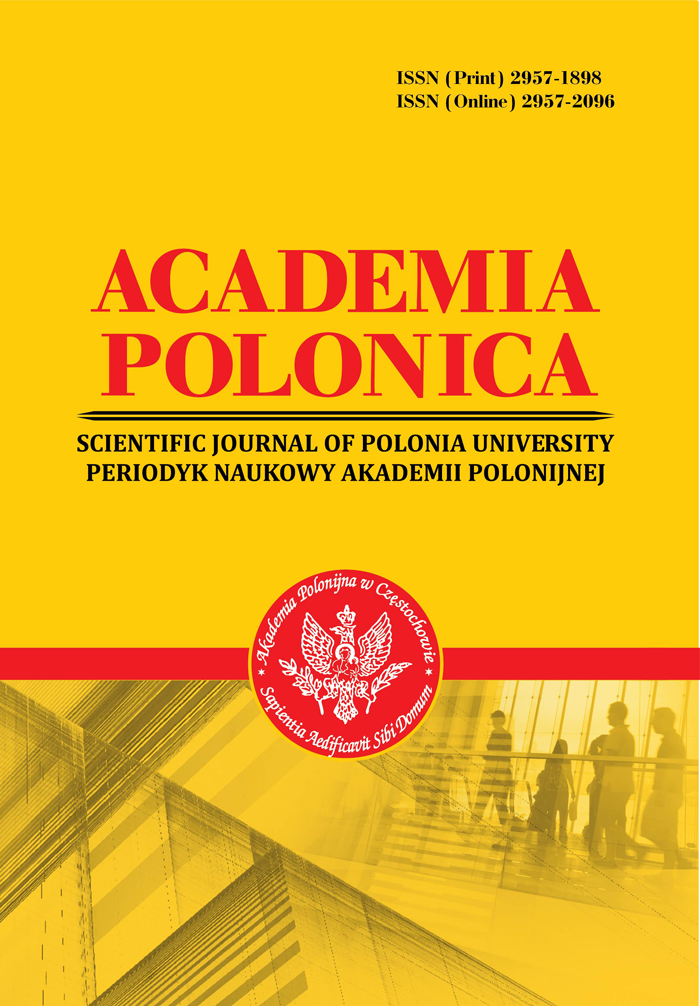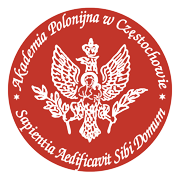MORPHO-FUNCTIONAL STATE OF PERINEUM AND BEHAVIORAL CHANGES IN RATS OF THE OLDER AGE GROUP DURING THE ADHESION PROCESS
Abstract
Age-related changes, the use of antibiotics and chemotherapeutic agents, food with preservatives and stabilizers, physical inactivity as a physical factor, surgical interventions, inflammatory processes are the consequences of the action of various physical and chemical factors leading to changes in the structure and functioning of all components of the peritoneum with subsequent remodeling of its individual histological structures. The consequence of the restructuring of the histological structure of the intestine and peritoneum most often, according to the literature, is the development of adhesive disease. The study of the behavior of rats was carried out using the "Open Field" observation method, which allows assessing motor activity, exploratory behavior, emotionality and anxiety of animals both at the individual and species levels. The morphological study included macroscopic, histological and morphometric assessment of the peritoneal tissues of its components in rats of the older age group. A macroscopic study of the visceral and parietal peritoneum was carried out, the number of adhesions in the abdominal cavity was counted, and their thickness was measured. The detected adhesive process in rats of the older age group is characterized by gradual remodeling of the tissues of the parietal and visceral peritoneum and the formation of connective tissue neoplasms.The detected adhesions were small, mobile and elastic, but also hard and dense, localized on the surface of the peritoneal tissue. The peritoneal tissues during the adhesive process lose elasticity and mobility, thicken and compact. As a result of the formation and spread of adhesions, the mobile segments of the small and large intestine are clamped and fixed in an unnatural position, which leads to acute intestinal obstruction. The total number of adhesions in the abdominal cavity of rats of the older age group was found to be 4.03±0.15 per studied area.Their total diameter was 1.12±0.03 mm.
References
2. Murando F, Peloso A, Cobianchi L. (2019) Experimental Abdominal Sepsis: Sticking to an Awkward but Still Useful Translational Model. Mediators of Inflammation. 3:8–10.
3. Daisuke S, Ji HK, Shunichi S, Gen M, José FR. (2019) Topographical anatomy of the greater omentum and transverse mesocolon: a study using human fetuses. Anatomy and Cell Biology. 52:443–454.
4. Kim JH, Han EH, Jin ZW, Lee HK, Fujimiya M, Murakami G, Cho BH. (2012) Fetal topographical anatomy of the upper abdominal lymphatics: its specific features in comparison with other abdominopelvic regions. The Anatomical Record.295:91-104.
5. Schurink B, Cleypool CGJ, Bleys RL. (2019) A rapid and simple method for visualizing milky spots in large fixed tissue samples of the human greater omentum. Biotechnic&Histochemistry. 94(6):429-434.
6. Cleypool CGJ, Schurink B, Horst DE, Bleys R. (2020) Sympathetic nerve tissue in milky spots of the human greater omentum. Journal of Anatomy published by John Wiley&Sons Ltd on behalf of Anatomical Society. 236(1):156-164.
7. Krishnan V, Tallapragada S, Schaar B, Kamat K, Chanana AM, Zhang Y. (2020) Omental macrophages secrete chemokine ligands that promote ovarian cancer colonization of the omentum via CCR. Communications Biology.223(1):524-529.
8. Maksimenko OS, Gryn VG. (2023) [Big cap of white rats: structural and functional characteristics and its role in peritonitis]. Ukrainian Journal of Medicine, Biology and Sports. 8:22-29. Ukrainian.
9. Solass W, Struller F, Horvath P, Königsrainer A, Sipos B, Weinreich FJ. (2016) Morphology of the peritoneal cavity and pathophysiological consequences. Pleura and Peritoneum.1(4):193–201.
10. Struller F, Weinreich FJ, Horvath P, Kokkalis MK, Beckert S, Königsrainer A, Reymond MA. (2017) Peritoneal innervation: embryology and functional anatomy. Pleura and Peritoneum. 2(4):153–161.
11. Nurov JR, Ahmadova MA. (2021) Features of Anatomy of the Greater Omentum. International journal on orange technology. 3(9):66-68.
Abstract views: 109 PDF Downloads: 27







